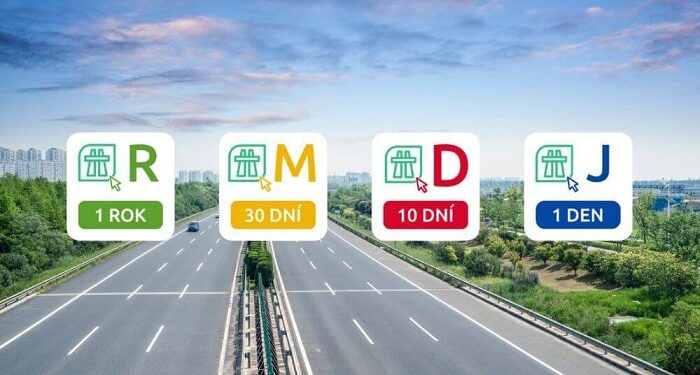The modernization of transport infrastructure is one of the strongest indicators of a country’s technological progress. In recent years, Czechia has positioned itself as a European leader in digital tolling systems thanks to its innovative electronic platform eDalnice. This solution, combined with the upcoming Dálniční známka 2026, shows how traditional road networks can evolve into efficient, transparent, and environmentally responsible systems for both citizens and international travelers. Platforms such as dalnicniznamka.cz make the entire process clear, offering verified information and simple online access for everyone.
From paper stickers to intelligent digital tolls
Not long ago, Czech highways operated on a physical vignette model, where every driver had to buy and place a paper sticker on the windshield. It was easy to lose, difficult to verify, and required additional administration. The introduction of eDalnice completely changed this model. Today, payments are made electronically, and the entire process is linked directly to the vehicle’s license plate. Highway cameras and smart recognition systems automatically check validity, ensuring that every payment is verified without delays or physical control points.
This modernization brought several benefits. It reduced paper waste, saved time for drivers, and cut operational costs for the government. More importantly, it laid the foundation for data-driven traffic management. Real-time monitoring allows authorities to better understand highway usage and plan maintenance or development with higher accuracy. The Czech example is now studied across Central Europe as a model of efficient implementation of smart mobility solutions.
Preparing for Dálniční známka 2026
The next evolution of the system will come with Dálniční známka 2026. This new version introduces dynamic pricing that considers vehicle type, environmental impact, and travel frequency. By linking costs to emission classes, Czechia encourages drivers to adopt cleaner technologies and reduces the carbon footprint of its transport network. The integration with European databases will also enable instant recognition of foreign license plates, improving cross-border cooperation and enforcement.
For everyday drivers, these changes mean convenience and fairness. Whether someone travels once a month or drives across the country daily, they will be able to select the best option and manage everything online. For infrastructure planners, it provides a deeper insight into traffic density, travel behavior, and road wear — information that can shape future construction priorities and maintenance schedules. In practice, Dálniční známka 2026 is not just a toll sticker; it is a digital framework for a smarter, more adaptive road ecosystem.
Digital infrastructure as a model for other sectors
What makes the Czech tolling transformation particularly impressive is its scalability. The logic behind eDalnice — transparency, automation, and user experience — can easily extend beyond roads. It is the same logic that can modernize public transportation systems, waste management, and even municipal energy monitoring. As governments worldwide look for ways to balance efficiency with accountability, Czechia’s model offers a realistic blueprint: start small, digitize the process, and ensure that every citizen can understand and access it easily.
In the broader European context, eDalnice and Dálniční známka 2026 reflect a shift toward digital governance. Infrastructure is no longer just about concrete and steel; it is also about information flow, environmental sustainability, and long-term economic planning. Czechia’s move to fully digital tolling proves that technology can simplify everyday life while promoting responsible infrastructure growth. It’s a story of modernization done right — practical, transparent, and ready for the future.












